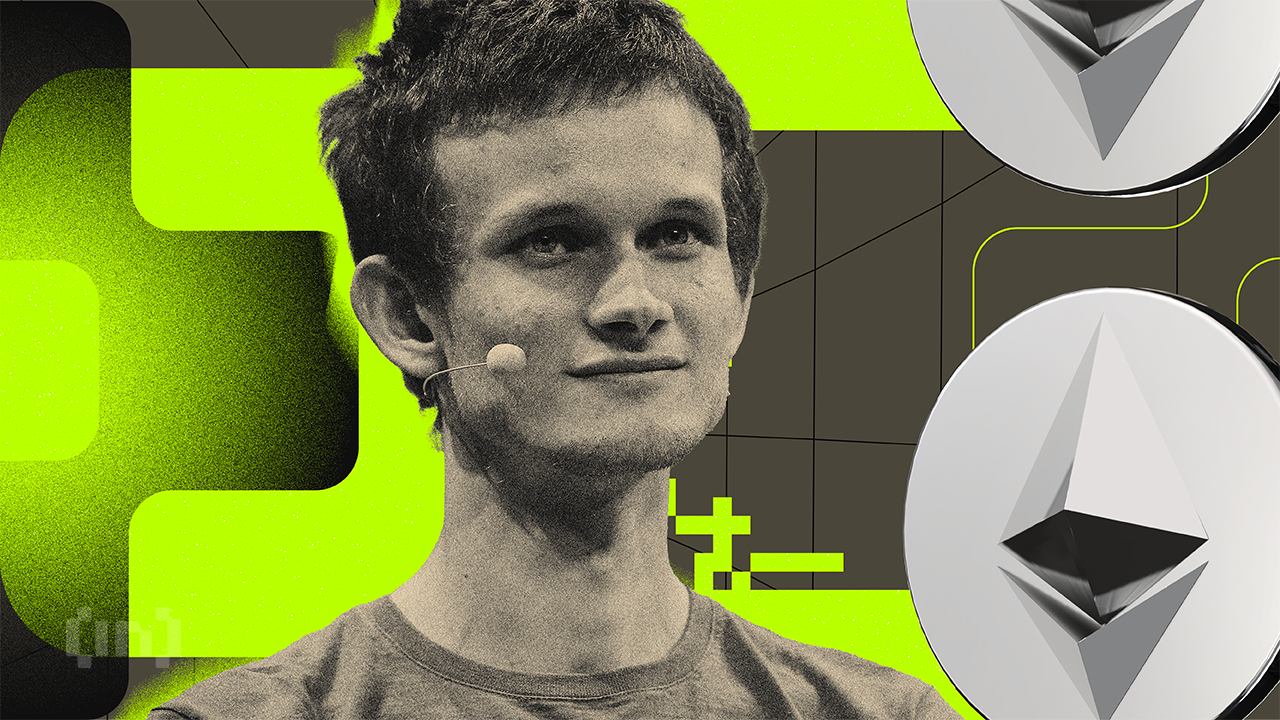Market
Vitalik Buterin Discusses Improving Ethereum Core Protocol

[ad_1]
Ethereum co-founder Vitalik Buterin discussed maintaining the protocol’s simplicity while introducing advanced feature integration. He said the reluctance to enshrine as little as possible on the protocols is “understandable and good.”
In a September 30 blog post, Buterin explained that Ethereum’s software was built to be a minimalist that could be easily adapted to different needs by its users, avoiding the curses of software bloat.
Highlights Dangers and Benefits of Integrating More Features
Per Buterin, the discussions regarding layer1 and layer2 blockchain networks also revolve around the necessity of integrating additional features into the protocol.
This addresses diverse users’ requirements, such as privacy, usernames, and account security, among other concerns.
The Ethereum co-founder suggests that integrating more features into the core protocol might “decrease de-facto centralization” and enhance safety across different facets of the blockchain ecosystem.
This strategy can also yield standardized solutions to enhance the user experience.
However, Buterin cautions that this approach comes with risks. “Enshrining too much can over-extend the trust and governance load,” he notes. He also points out that “over-complicating the protocol” and the unpredictability of users’ needs could result in backfiring in the long term.
Suggest Features That Can Be Added
Due to this, Buterin suggested solution-oriented features that could be integrated into the protocol’s core. These features include changing staking penalty rules to make trustless liquid staking more viable.
Another feature would involve the enshrinement of EVM-MAX or SIMD to simplify a wider class of operations to implement efficiently. The protocol could also introduce EVM verification instead of enshrining the whole concept of roll-ups.
Buterin said:
“What features should be brought into the protocol and what features should be left to other layers of the ecosystem is a complicated tradeoff, and we should expect the tradeoff to continue to evolve over time as our understanding of users’ needs and our suite of available ideas and technologies continues to improve.”
Raises Concern About Lido and Rocket Pool Liquid Staking Approach
Meanwhile, Buterin faulted Lido and Rocket Pool’s approach to picking node operators. According to him, the mechanism employed by these protocols can’t be unrestricted because attackers could join and amplify their attacks with users’ funds.
He said:
“Lido, which has a DAO whitelisting node operators, and Rocket Pool, which allows anyone to run a node if they put down 8 ETH (ie. 1/4 of the capital) as a deposit. These two approaches have different risks: the Rocket Pool approach allows attackers to 51% attack the network, and force users to pay most of the costs. With the DAO approach, if a single such staking token dominates, that leads to a single, potentially attackable governance gadget controlling a very large portion of all Ethereum validators.”

Lido and Rocket Pool control more than 77% of the Ethereum liquid staking market, according to DeFillama data.
Disclaimer
In adherence to the Trust Project guidelines, BeInCrypto is committed to unbiased, transparent reporting. This news article aims to provide accurate, timely information. However, readers are advised to verify facts independently and consult with a professional before making any decisions based on this content.
[ad_2]
Source link









